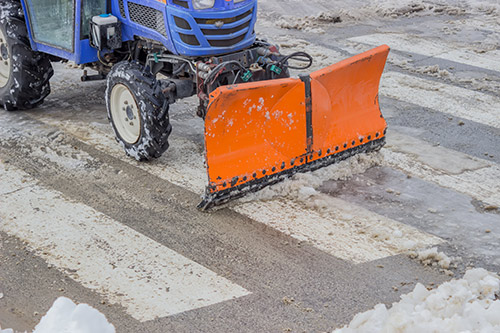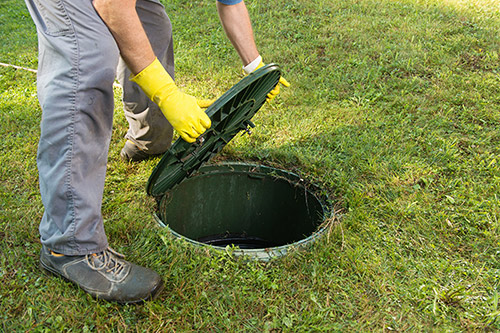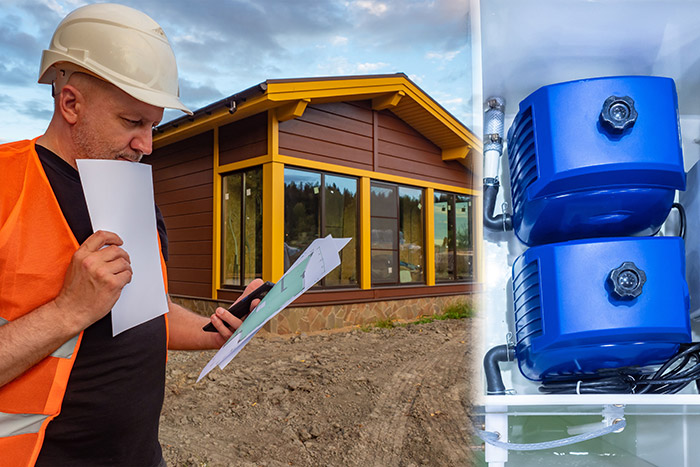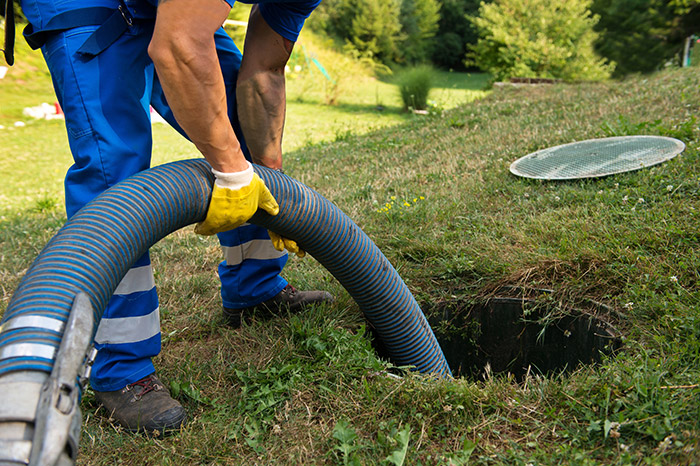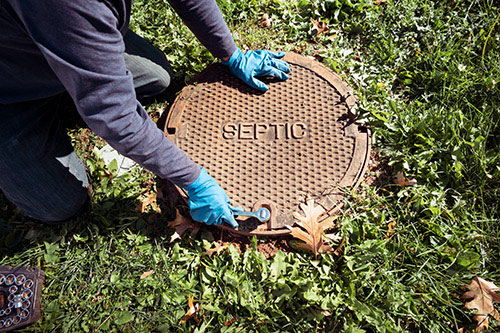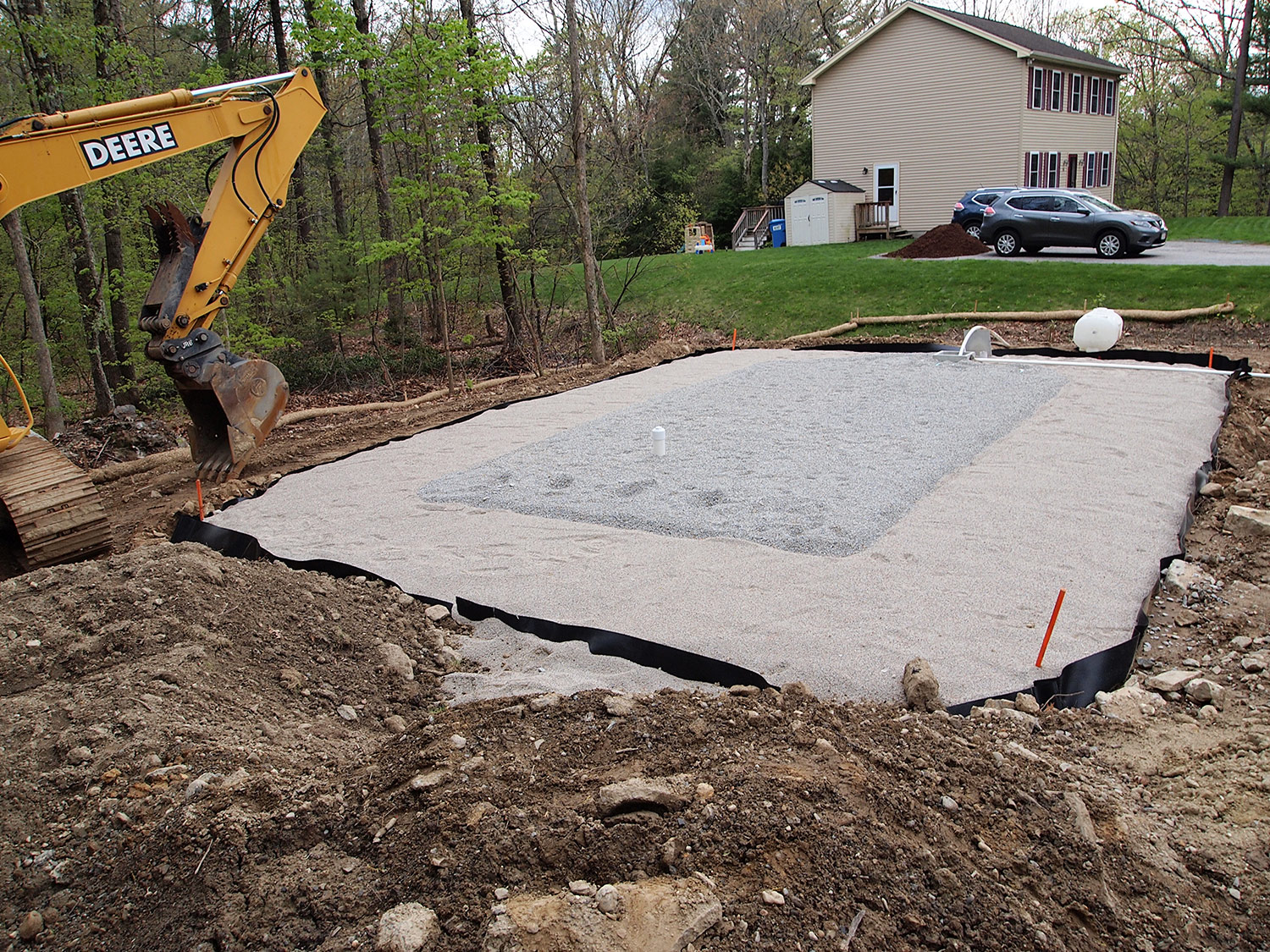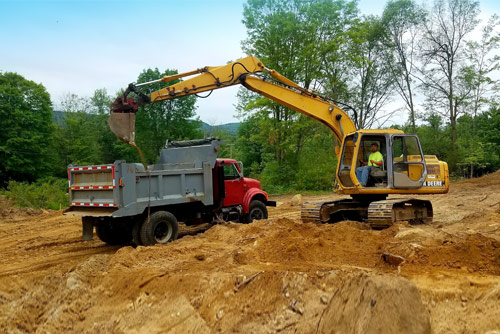
Gratitude, Community, and Looking Ahead Together
As the leaves turn and families gather around the table, we are reminded of just how much we have to be thankful for. At Morse Engineering and Construction Industries, LLC, Thanksgiving is a special time not just to reflect on our successes, but to appreciate the people who make everything possible—our valued customers.
Thank You for Your Trust and Support
We are grateful for the trust you place in us every day. Whether you’re a longtime partner or new to our community, your support fuels our passion and drives us to deliver the best possible products and services. It’s because of you that we continue to grow and evolve year after year.
Celebrating Community
Thanksgiving is about more than just great food and togetherness—it’s about community. We cherish the relationships we’ve built with you and look forward to many more years of collaboration, innovation, and shared success.
Our Commitment to You
As we head into the holiday season, we recommit ourselves to serving you with excellence and integrity. Your feedback, loyalty, and enthusiasm inspire us to keep improving and finding new ways to exceed your expectations.
Wishing You a Wonderful Holiday
From everyone at Morse Engineering and Construction Industries, LLC, we wish you and your loved ones a joyful Thanksgiving filled with warmth, laughter, and cherished memories. Thank you for being part of our journey—we couldn’t do it without you.
With heartfelt gratitude, Happy Thanksgiving!

